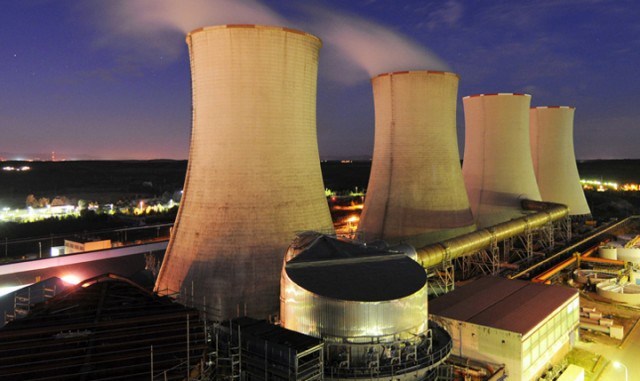
Every country is approaching higher than typical energy prices we’re all facing right now in different ways. Rather than compare one country with another and create a piece that can be out of date the moment a new leader enacts a shift in policy, we’re going to look at the fundamentals. By taking our analysis down a more fundamental path, we can learn about the intentions of each approach and where they could lead in the future.
Subsidies
The simplest and most populist way to reduce energy prices is for the government to underwrite charges through subsidies. In essence this is just using money from the government’s bank account to pay a portion of the bill of every eligible household and business. This is something that can be done relatively quickly because the money is just sat there and can be sent directly to the energy companies.
The downside of subsidies is that the government’s money is just the tax it takes from voters and workers. Eventually this higher expenditure will have to be recouped through tax rises, cutting expenditure on public services, or a combination of the two. This is why subsidies don’t typically continue indefinitely.
Price caps
While it’s illegal for companies to fix prices and keep them artificially high, governments reserve the right to cap prices so they cannot exceed a certain level. This makes sure that everyone can still reasonably be expected to be able to afford their monthly energy bills.
One of the issues with price caps is that the thresholds which are set up are artificial. If the energy costs more than the cap to generate and supply, tax revenue has to be given from the government’s account to the energy companies in the form of a subsidy. As with the first point on this list, this is why the process cannot continue indefinitely.
Renewable energy investment
China in particular is leading the way when it comes to investing in solar power, while countries like the UK now get a large amount of energy from tidal and wind. Renewable energy is something that divides people, typically down political lines, but it does offer a new way to put energy into the grid.
An issue with renewable energy is that, in many cases, the technology and infrastructure is still being developed. It’s a large project to convert an entire country to renewable energy and therefore not as quick a fix as price caps and subsidies. History shows, however, that longer term planning off the back of a current crisis will safeguard everyone the next time prices spike.
State ownership
Perhaps the ultimate form of subsidisation, state ownership is something that becomes called for by those on the left when economic times are hard. While underwriting whole industries and setting prices can feel like a total solution, the truth is that politicians have a lot less ability to control the global economy than we first think.
One of the main negative points that people bring up with respect to state ownership is that it puts a brake on innovation and development. If a company no longer has to sharpen its competitive edge to turn a profit, it can quickly be left behind by private sector organisations. This is something that has to be carefully balanced and monitored if you’re going to get the desired result over the course of years and decades.
New economic partners
Ongoing tension between the West and Russia has forced a number of Western European countries to look for new alternatives to Russian owned natural gas. While a detailed analysis of all the various global relationships is beyond the scope of this article, we need to think about what is at stake here.
Finding new economic partners comes with a number of risks, most notably of which are an inability to secure a good deal and alienating other allies. This is not as simple as switching your household energy supply because the world is truly global now. Energy-rich countries can leverage their position and charge higher rates than in more tranquil times. Energy-poor countries will not want to burn bridges by getting new energy supplied by countries which are not on good terms with some of their closest allies. There is a complex and highly nuanced balance that needs to be struck here.
Shifting to new industries
While it might appear that energy supplying countries will be delighted with higher energy prices, those with real foresight are seeing it as an early warning. Countries like Saudi Arabia that are largely dependent on oil sales for global trade income are seeing the need to diversify. They fully expect resourceful countries who are currently buying their oil from the Middle East to look to change their over-reliance by the time of the next energy price spike.
Countries which supply energy and raw materials are looking to become more diverse, with many promoting tech startups, tourism, and sporting events . This is all about making sure that when other countries invest in infrastructure and give themselves more options, those who supply the energy now are not left with nothing.
Final thoughts
Even something simple like streaming a video or searching best online casinos increases household energy consumption. Many of us are now completely reliant on electricity for everything from entertainment and shopping to work and home security. There’s nothing wrong with this — it’s the way the world is growing after all — but it is something we need to be more aware of than ever.
While it can be tempting to think that none of us has a say over energy prices, a little awareness of the various options governments have at their disposal can open our eyes to what’s going on. If nothing else, it would give you peace of mind that the changes you’re seeing are never going to be arbitrary or deliberately unfair.
Source – Byo24
